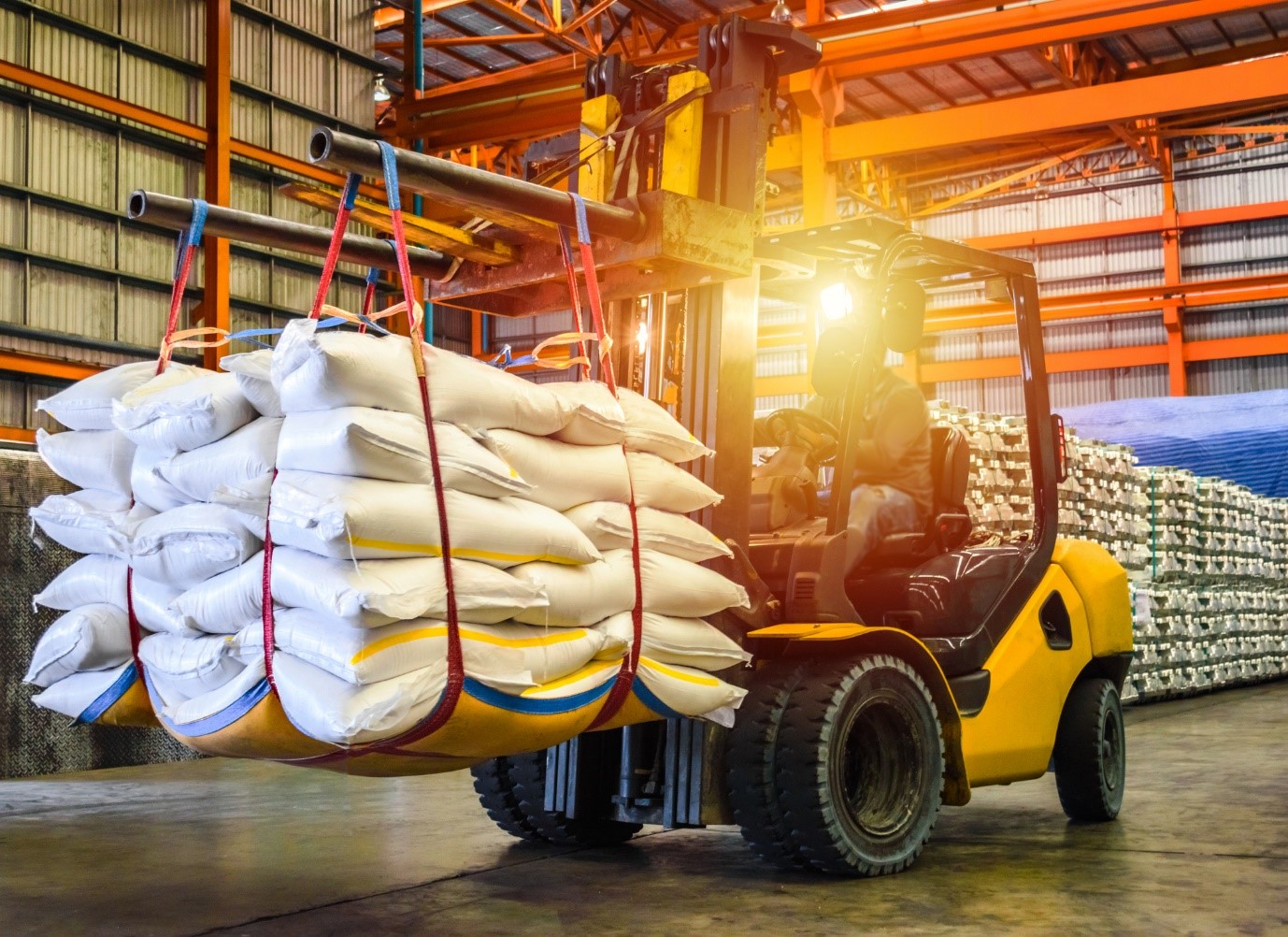When trying to think about which industry poses the highest risks to health and safety, many types of work immediately jump to mind. Construction, agriculture and manufacturing are usually regarded as the most hazardous industries, and there is good reason for this; these industries statistically have the highest workplace yearly fatality averages. Sadly, based on the latest statistics from the Health and Safety Executive (HSE), the construction and agriculture sectors both still have the highest incidents of workplace fatalities.
With a rate 18 times higher than all other industrial sectors, the agricultural industry has had the worst rate of worker fatalities (per 100,000) for the past two consecutive years (2016/17 – 2017/18). However, of the 144 workplace fatalities in the UK during 2017/18, a whopping 38 of these happened in the construction sector, followed by 29 in the agricultural industry. It’s only when these figures are considered in terms of numbers of fatalities per 100,000 employed workers that the fatal injury rate in agriculture is significantly higher.
But why do these sectors present so many health and safety risks and what can be done to prevent more accidents and potentially fatal injuries in the future?

THE RISKS INVOLVED IN CONSTRUCTION
The construction sector requires frequent lifting and handling of heavy materials and operation of potentially dangerous tools and machinery. Combined with the fact that a large amount of construction work is carried out at height, it’s not surprising that the sector constitutes such health and safety hazards.
Of the 82,000 construction-related health issues reported in 2017/18, 62% of these were classified as musculoskeletal injuries or ailments. This is not at all surprising when you look at the annual averages of industry-related injuries over the last five years.
Based on the annual averages reported over the last five years by HSE, just over 20% of all construction-related injuries occur from handling, lifting or carrying, while falls from height comprise just under 20% of work-related non-fatal injuries. However, according to the HSE, falls from height have accounted for almost 50% of the annual average of construction-related fatalities over the same period of time.
Working at height always presents a significant health and safety risk, which is why height safety training courses are especially important for construction professions and should never be underestimated.
THE RISKS INVOLVED IN AGRICULTURE
The agricultural sector also demands handling weights, lifting equipment and heavy machinery, all of which can contribute to health and safety hazards. Due to the difficult work that’s so characteristic of this sector, it’s not surprising that a large number of injuries occur every year on farms across the country.
In contrast to construction, however, the main cause of agriculture-related fatalities is being struck by a moving vehicle. According to the HSE, this accounts for an annual average of 24% of fatal agriculture-related incidents. This figure is followed by 18% of fatalities resulting from injuries inflicted by animals, while falling from height accounts for 15% of fatalities.

WHO ARE THE MOST VULNERABLE WORKERS?
While construction and farming can both be hazardous in general, the truth is that fatalities amongst self-employed workers make up the largest percentage of fatal injuries in both sectors. Around one-third of fatal injuries in both 2017/18 and the five-year-period 2013/14-2017/18, happened to self-employed workers, working mostly in agriculture and construction.
Over the last five years, that’s an annual average of 30% in construction and 44% in agriculture. Regardless of the sector, however, the figures show that the fatal injury rate for self-employed contractors is more than double that for employees. It might be challenging to determine the actual reasons behind this, although there are certain factors that can contribute to lower health and safety standards among self-employed workers in these sectors.
For example, limited resources can contribute to more accidents; some contractors might try to cut costs by making do with inadequate or faulty equipment. Also, self-employed contractors might not be as vigilant in carrying out a risk assessment or obeying health and safety regulations as companies are.

PREVENTION IS KEY
While accidents can happen, the fact that the risk of fatal injuries in the construction and agriculture is significantly higher than in other sectors is certainly food for thought. Knowing which areas to target is crucial and will help to prevent injuries and save lives in the future.
A strong focus on health and safety, be it through health and safety training courses, such as our IPAF training, or increased awareness campaigns thorough job training programmes, can be incredibly useful tools to reduce fatalities in these sectors.
Raising fines might also be a good solution and is something that companies need to be aware of, be it in the agricultural or construction sectors or otherwise. Failure to uphold health and safety guidelines can lead to hefty fines.
With £72.6 million in fines resulting from health and safety offences prosecuted by HSE in 2017/18 and £15 billion in annual costs for work-related injuries and new cases of ill health in 2016/17, neglecting health and safety is costly for both businesses and the country as a whole.
While the UK has consistently had a lower rate of fatal work-related injuries than any of the other large economies across the EU, certain sectors still have room for improvement. With more initiatives and focus placed on proper safety training, we can and will reduce workplace injuries and fatalities.